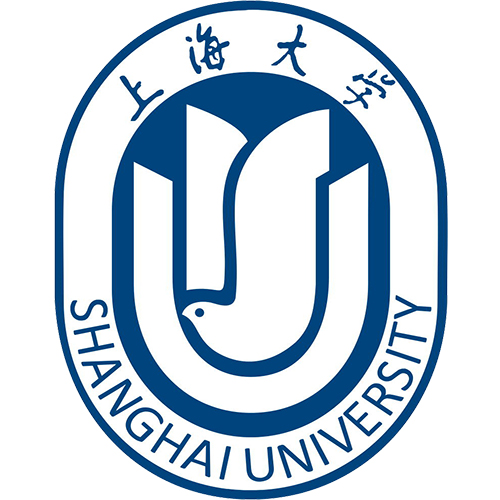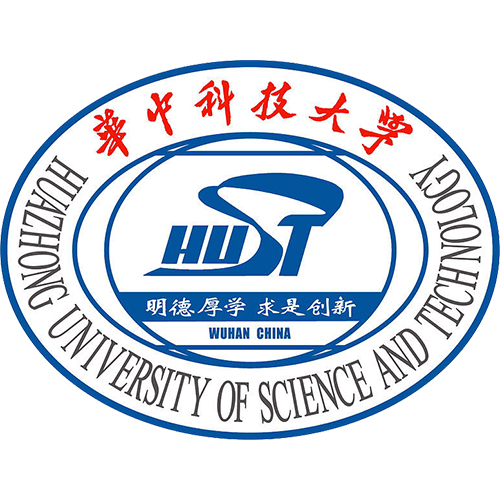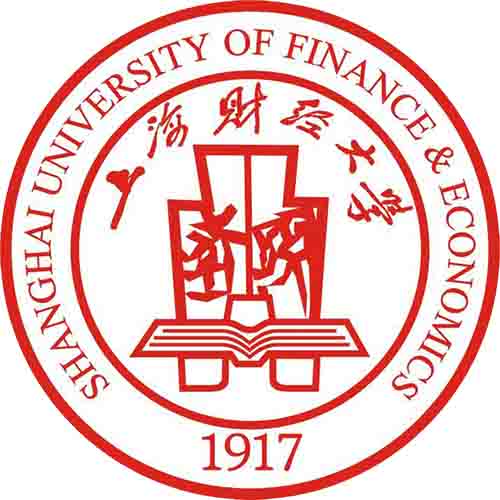
 Introduction
IntroductionIf Shanghai is like New York, then isn’t Shanghai University the New York University of China? Although not as influential as NYU, Shanghai University is still one of China’s best 100 universities. In addition to Mandarin study programs, it is one of the few schools in China that provide 100% English-language MBA programs and attracts over 2000 international students annually.
Shanghai University was founded in May 1994, by consolidating four former institutions of higher learning: Shanghai University of Technology, Shanghai University of Science & Technology, Shanghai Institute of Science & Technology and the former Shanghai University. Until now, SHU has offered English-taught MBA and MIT courses for Master’s degree for international students, which is ranked top one in China. Besides, Chinese Languge couse available there is within easy access. You can pass HSK easily if you study Chinese language in SHU.SHU attracts over 2000 international students annually.
 About the Program
About the Program About Shanghai University
About Shanghai University
Shanghai University Libraries is composed of three libraries. The main library is on the new Baoshan campus, Wenhui library is located on Yanchang campus, and Lianhe library resides on Jiading campus. The University library, with a total floor space of 55,000 square meters, has 25 reading rooms and 3,000 seats. The main library occupies approximately 38,000 square meters.
The libraries contain more than 3 million volumes, more than 4,600 periodicals, and many electronic resources including Elsevier, Ebsco, Kluwer, and Academic Press. The library materials are comprehensive and cover diversified areas. In cooperation with Shanghai Writer’s Association, the main library has a collection room for Shanghai writer’s works.
The library includes the departments of acquisition, cataloging, periodicals, circulation, information reference, technical service, reading, and special collection. The administrative offices include the Director’s Office and Office of General Affairs. The director of library is Professor Yuanda Dong, a famous material scientist.
As a member of IFLA (International Federation of library Associations), Shanghai University libraries have established contacts and academic exchanges with many other universities, institutes, and libraries, both domestic and abroad.
Shanghai University Libraries have paid great attention to the development of an unique, automatic, modern, and digital library. There are more than 300 computers that provide all kinds of services. The library website provides all the electronic resources including accessing and connecting to China Academic Library & Information System, and the Shanghai Education Network Library. Through the campus network system, users can access the electronic databases of Shanghai University Libraries. The campus network of the university is built upon an infrastructure of the gigabit Ethernet and the three campuses are interconnected by the fiber optic backbone. The libraries adopt SUN Enterprise 5500 as the main server and HORIZON library automation system for library and information management.
The libraries has established an interlibrary loan and resource-sharing system with most of the universities in Shanghai.
 Accommodation
Accommodation
Yanchang Campus
The international students' dormitory consists of four apartment buildings linked together, named Building Xinyuan, which started using in the year of 2002.With 193 rooms (only 4 double rooms)in which there are 198 beds, the building can accommodate 198 students.
Staff members are particularly assigned to take the responsibility of the security and service 24 hours a day. Boiled water is available in wash rooms of each floor. All the rooms are well furnished and equipped and look neat and beautiful.
There is a laundry room each floor with pre-paid washing machines and a mini-shop selling foods and articles for the daily life for the convenience of international students.
The types of rooms are as follows: (Price is subject to change due to the inflation each year and Y-C rooms are limited for couples only)
|
Type |
Equipments |
Charges
(RMB per person per day) |
|
|
Long-term |
Short-term |
||
|
Y-A |
Single room with TV, air-conditioner, |
70 |
85 |
|
D-A |
Double room (3 double rooms & 1 single room in a suite), |
35 |
45 |
|
D-B |
Single room (3 double rooms & 1 single room in a suite) |
60 |
80 |
Baoshan Campus
The international students' dormitory consists of four apartment buildings linked together, named Building V and Building Z & W, which started using in the year of 2001, 2006 & 2008. With 186 rooms & 280 rooms in which there are 259 beds & 360 beds, the building can accommodate 245 & 360 students.
Staff members are particularly assigned to take the responsibility of the security and service 24 hours a day. Boiled water is available. All the rooms are well furnished and equipped and look neat and beautiful. Each building has its own elevator except Z & W building. Life turns out to be convenient.
There is a laundry room with pre-paid washing machines in each building and a mini-shop only in V building selling foods and articles for the daily life for the convenience of international students.
The types of rooms are as follows (V building): (Price is subject to change due to the inflation each year)
|
Type |
Equipments |
Charges |
|
|
Long-term |
Short-term |
||
|
X-A |
Single person in double room with TV,air-conditioner,telephone, |
60 |
75 |
|
X-B |
Double room with TV, air-conditioner,telephone,shower, toilet, |
35 |
45 |
|
X-C |
3 single-room in one suite with air-conditioner and furniture;a living
room with telephone, TV and shower and toilet and refrigerator |
45 |
60 |
|
Type |
Equipments |
Charges
(RMB per person per day) |
|
|
Long-term |
Short-term |
||
|
Z-A |
Double room with TV, air-conditioner, telephone, shower, |
35 |
45 |
|
Z-B |
Double room with air-conditioner, telephone, toilet, furniture |
25 |
30 |
|
W-A |
Double room with air-conditioner,telephone, shower, toilet, |
35 |
45 |
|
W-B |
Single room with air-conditioner, telephone, shower, toilet, |
70 |
90 |
 Fees
Fees Admissions Process
Admissions Process  Entry Requirements
Entry Requirements Application Materials
Application Materials Reviews
Reviews Scholarship
Scholarship
Huazhong University of Science and Technology
Tuition
Start Date

Huazhong University of Science and Technology
Tuition
Start Date

Shanghai University of Finance and Economics
Tuition
Start Date